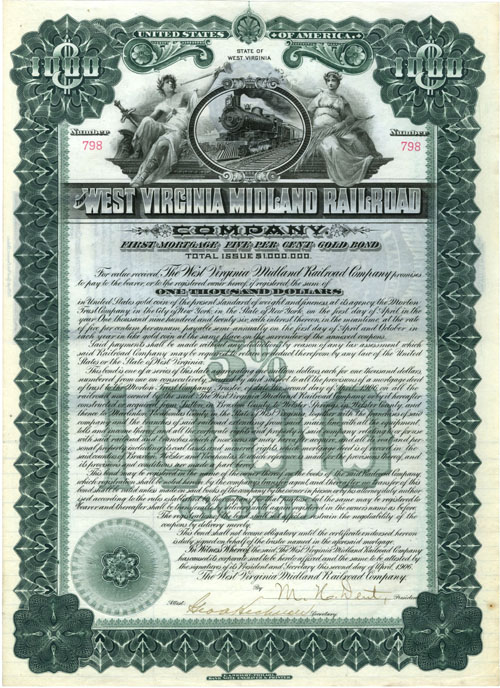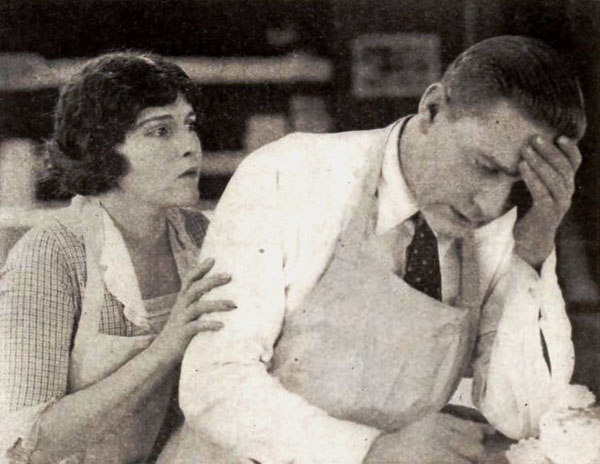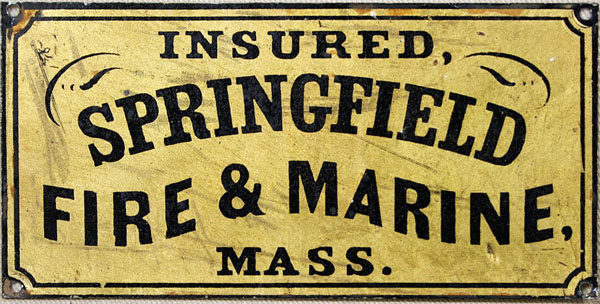Buying with an eye to the future
How hard can collecting be?

All we need to do is buy something we like and then buy other things similar to the first until we have a "collection." It's as easy as fishing.
Well, not quite. We need to know
- what to buy
- where to buy
- how much to pay and
- how to store certificates safely.
Then, once our collections grow to a certain size, we'd better think about how to protect and insure them.
No, we don't need to know all of those details to start collecting. The learning process is gradual, very much like ageing. But very much like ageing, it eventually becomes clear that we're not going to live forever. Along with that sobering thought is the reality that...
- the final step in collecting is liquidation.
Many liquidations are painful which is why so many collectors put it off completely. And putting it off only leads to more troubles. If we don't do it, we force our heirs to do sells things they usually know little or nothing about. To compound that burden, most heirs imagine collections to greatly more valuable than is true.
None of us want to think about liquidation, let alone talk about it. That is the culmination of our years of collecting and proves how well we went about the whole process. Yes, we reaped the enjoyment of collecting. But did we go about collecting as well as we could have?
People of substantial wealth often don't need to worry much about the potential future values of their collections. Their good and bad collecting decisions are usually footnotes to other assets. Conversely, collectors of limited means sometimes have measurable percentages of their net worth tied up in collectibles. At liquidation time, old buying decisions come to the fore. Regardless of whether the final pictures turn out to be pretty or ugly, the brush strokes were painted years before.
What to buy

I suggest that good collections result from good buying decisions. Advanced collectors often avoid over-buying common material. They know in their bones that "common will always be common." They don't willingly buy damaged or distressed collectibles unless they are incredibly rare. They understand there is a natural "pecking order" in every aspect of their chosen collectibles, including collectible stocks and bonds. For instance, they tend to prefer,
- issued certificates over unissued remainders
- autographs of famous people over second-, third- and fourth-tier minor celebrities
- clean certificates over soiled ones
and so forth, all the while knowing there is no one "right way" to build a collection.
If we actually could know that, everyone would buy what collectors would want to buy in the future.
Where to buy
Deciding where to buy seems trivial, but again. not everything is as simple as it first appears.
EBay has become the go-to place for beginners new to the hobby. Unfortunately, eBay does everything it can to prevent collectors from learning about other ways and places to buy. Another big problem is that the majority of offerings on eBay are common, low-price, entry level certificates.

It usually takes a while for beginners to move up from entry-level selections and price ranges. As they do, they begin encountering a very limited number of professional dealers who sell on eBay. I have suggested that professional dealers try to capture the attention of beginners early on by establishing presences on eBay. I would like to see more of them take the excellent opportunity to sell off some of their cheap, slow-moving inventory. It is not until beginners encounter more diverse buying opportunities that they learn how many incredible rarities are available from professional dealers at affordable prices. And let's be perfectly clear; beginners are the future of this graying hobby.
Before anyone objects, yes, I do record highly underpriced scarcities on eBay form time to time. But come on! "From time to time" is no way to get enjoyment from a collecting hobby. And continuing to buy dreadfully common, cheap certificates is no way to profit years in the future. Simply put, collectors cannot form meaningful collections until they diversify their sources.
Ultimately, collectors discover professional auctions and new sets of rules. Unlike eBay, buyers need to factor buyers' commissions into their purchases. One of the good things about professional auctions is that there is no overstated hype about items offered for bid. On the minus side, the bulk of auction images are smaller than images available on eBay. Auctioneers (and dealers) have improved their sizes and qualities of their images in recent years, but given the freedom and low cost of the web, they have much room for improvement.
Correspondents have occasionally found railroad stocks certificates are in flea markets, antique stores, shows and malls. In my experience, prices tend to be absurdly high because certificates are remote from sellers' areas of expertise. I will say, though, that one of my correspondents profited over $2,000 on items he stumbled across in antique malls. Many years ago I found one certificate that remains unique to this day, and I check antique malls a couple of times per year hoping to get lucky again.
How much to pay
Over-paying is probably not going to devastate many collectors quickly. But I'm going to tell eBay collectors something they may not want to hear. I have seen a dis-heartening trend in recent years of over-paying for unissued remainders.

Remainders may be clean, pristine, and unused. That quality would be a benefit in other hobbies. That is not the case in this hobby where hobbyists collect old "securities." Securities are certificates that were sold by companies to raise money. They show marks of legitimate issuance, ownership, and usually transfer. They were all worth more once than mere printed paper. Some were worth LOTS of money. Conversely, remainders were not securities at all. They were neither legitimate stock certificates nor legitimate bonds. They were simply unused pieces of printed paper.
I am not saying a collection of remainders cannot be impressive, but I can say it will rarely grow in value beyond the pace of inflation.
Since about 2002, prices for collectible stocks and bonds has been declining because of a number of compounding factors. Even sought-after rarities have decreased. That does not mean the thrill of acquiring scarcities and rarities has diminished, but collector values have. To be sure, that has been very good for recent entrants into the hobby. Dealers, on the other hand, are not thrilled.
When the hobby will "turn around" is anyone's guess. I've been wrong for years. I've also been wrong, dead wrong about the numbers of varieties of stocks and bonds I thought would exist. The number of new certificates has tapered off, but I'm still recording over 500 new varieties and sub-varieties each year. The collectors who are finding those items are thrilled.
And how does someone estimate the collector value of something new? Cautiously and by how much they are "worth" to each individual. As a cataloger, I must make guesses. A substantial number of times, I am surprised at what collectors think, both higher and lower.
There is no such thing as a fixed price for a collectible stock or bond. Beauty – and value – is in the eye of the beholder. I will suggest two thoughts. If something is rare, recognize that fact and be clear that the opportunity to buy another may not come around for ten, twenty, or even thirty years. Maybe not even then. Conversely, if you have seen something several times in your collecting career, you may want to be more reserved in your willingness to stretch your budget. I will suggest to "shop around" when appropriate and "bite the bullet" when rarities appear. But remember, the decisions is always yours. Price estimates by me, dealers, or auction houses are mere suggestions.
Preservation and insurance
These two considerations are highly flexible and both are side of the same coin. Paper is fragile and easily destroyed, so it behooves a collector to think long and hard about both issues.
Preservation is taking care of certificates with an eye to what can go wrong. The first and easiest thing to do is separate certificates into individual holders or individual pages in an album. Certificates may have survived for a hundred and fifty years, but will they last another hundred and fifty with the way you or some other collector is treating them? If not, it is time to shift habits.

It is obvious that certificates need to stay dry and out of reach of rodents, insects, and children. They need to stay clear of cigarette, cigar, and pipe smoke. Vaporized tobacco tar that loves lungs and paper. Certificates also need to avoid direct sun like the plague. Collectors might as well let their kids play with their collection if they are going to expose certificates to sunlight on a repetitive basis.
Another thing to think about is how to protect your collection from natural disasters common to you region. Merely consider how many residents in your area have had to deal with floods, hurricanes, tornados, wind storms, fires, and earthquakes. Unless you have no choice, it is a good idea to avoid storing certificates in basements prone to possible flooding. But if tornados are a normal threat, basements might be good.
If burglaries are common in neighborhoods around you, safes might be a good idea, and so might alarm systems. Earthquakes are tough to plan for, but people do it. If unsure of good approaches, your home insurance agent is a good place to start.
And speaking of insurance, it will be good at some point, maybe now, to find out how well your collection is insured, if at all. Find out what will be expected of you if you an incur a loss. What kinds of records will be needed? And if floods are a reality, it is doubly critical that you have a chat with your insurance person. Special riders might be needed, and in some cases, it might be wise to procure specialized collection insurance. Check with the American Numismatic Association as a start.
Liquidation: Is it that time already?
See a special section on this site about Selling.